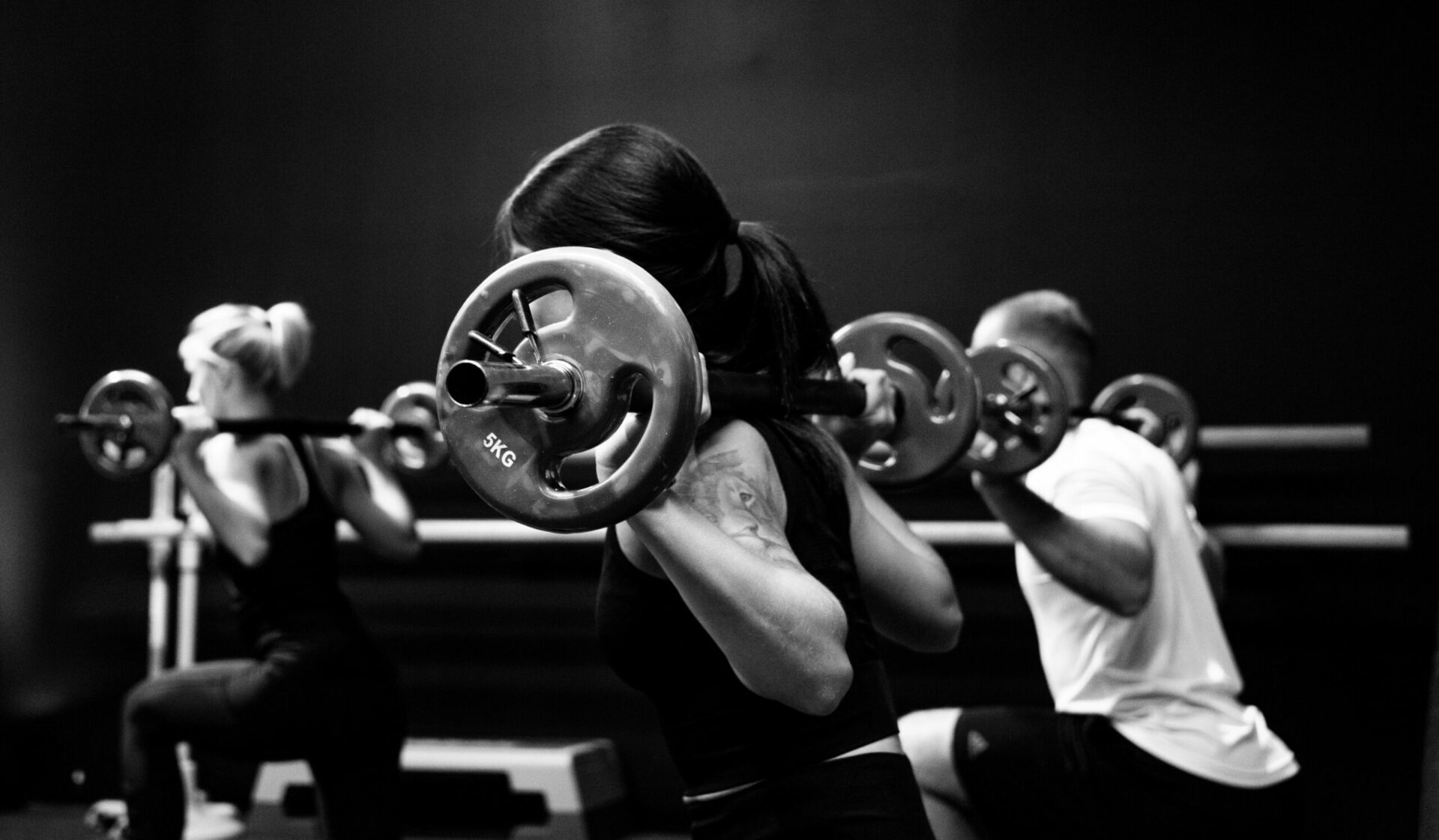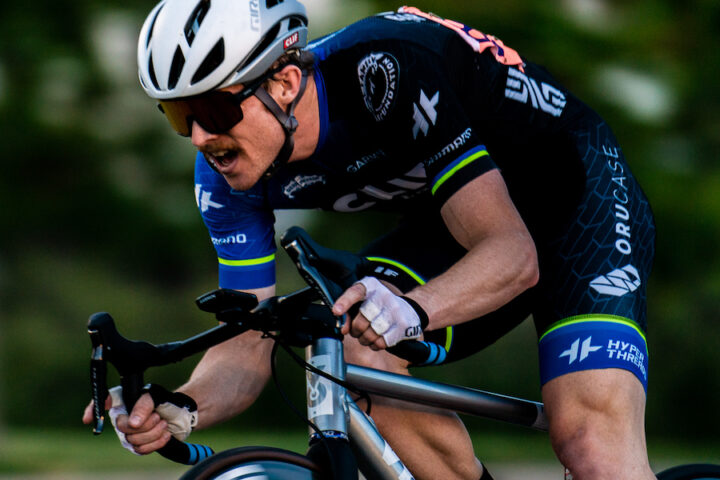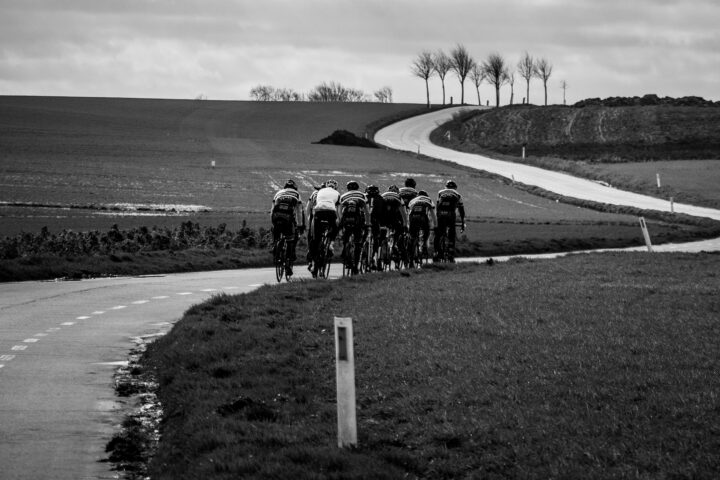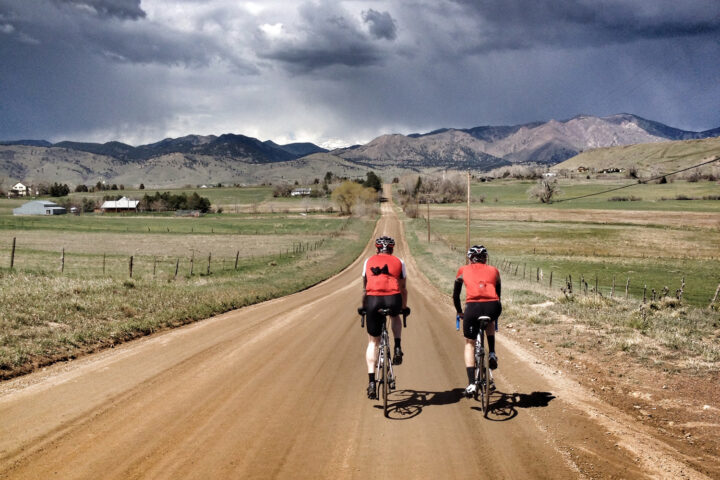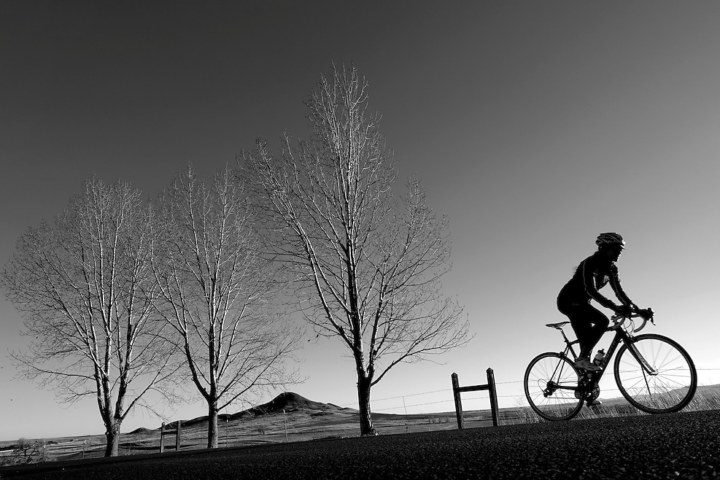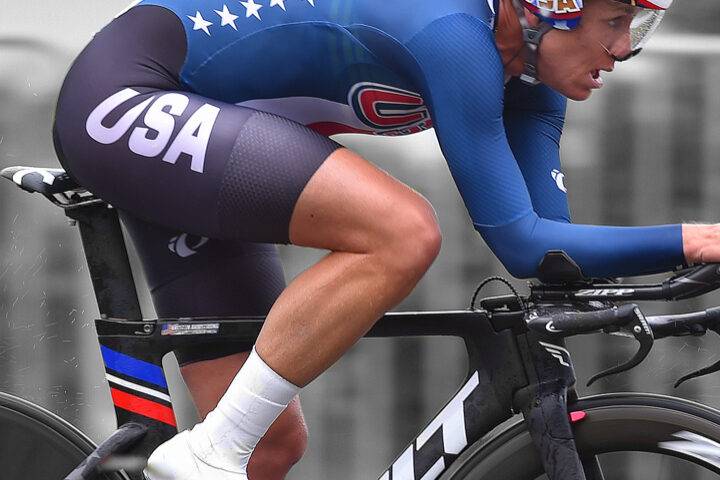If I could make every cyclist understand just one thing about a successful return to training after an autumn break, it would be this: There is nothing you can do in November or December to make you a superstar in May, but there is a lot you can do to make sure you’re burnt out or injured by then.
Most of us are rested and have the time to ride in November and December. The temptation to get a leg up on the season is strong. The danger, however, is simple.
“By February, you are on top of your game,” says world-renowned cycling guru Dr. Andy Pruitt. “But that’s the wrong time of year. I think you have to work backwards from your first peak. A mistake a lot of people make is to think they will be in race shape from April through September.”
The dangers of “getting ahead” in December don’t end there. Injury, particularly tendonitis, is another concern when you go from resting to training, and add volume quickly.
(For more on this subject, check out Fast Talk episode 59: Preventing Cycling’s Most Common Injuries, with Dr. Andy Pruitt.)
So what should we do in December?
“Tendonitis, basically, is the result of asking your body to do something it wasn’t strong enough to do,” Pruitt says. “From my standpoint, what we’re trying to do is see a change at the cellular level of people’s musculoskeletal and tendon systems to tolerate the work that they’re going to ask their body to do.”
Put another way, the best thing we can do in November and December is to prepare our bodies for the real training in January, February, and beyond.
How to prepare to train
Preparing the body as you get back in the saddle often starts with, well, the saddle. Many of us change equipment in the off-season and as Pruitt notes, “that changes everything. A new saddle brand or even model can affect stem length by as much as 2 centimeters. It can affect saddle height.”
And equipment isn’t the only thing that affects our position. Often we do things in the off-season that change our physique. Maybe you got custom orthotics or did a yoga class or went to physical therapy to improve the strength of something. If so, there’s a chance your bike fit may have changed as well.
A proper bike fit can be a key part of a successful November or December off-season.
At this time of year, much of preparing the body for a successful season happens off the bike.
“The weight room is a great place to build patella tendon, quad tendon, Achilles tendon durability,” Pruitt says. “Masters and women who only ride their bikes or Nordic skis, I really worry about their skeletal health. Getting them in the gym where you really put stress on their musculoskeletal systems to build bone density is pretty crucial.”
(See below for Dr. Pruitt’s suggestions on weight training. Also, check out Fast Talk episode 87, Preventing Injuries Through Strength and Conditioning, with Jess Elliott.)
Does all of this mean that we should continue letting the bike collect dust in November?
“I’m not sure it’s good to ever get completely off the bike,” Pruitt says. “Turning circles is an unusual thing for us to do. We are not made to turn in circles. It is a learned neuromuscular event. I’m not a big fan of giving your body a chance to forget that skill.”
(For more on pedaling technique, check out Cycling In Alignment episode 19, How to Pedal a Bike, with Chris Case and episode 30, How to Pedal a Bike: Part Two.)
That said, dedicated training can still take place—it just needs to be at the right intensity.
“I wouldn’t be doing anything hard,” Pruitt says. “I wouldn’t do anything outside of zone 1, zone 2, zone 3 [in a five-zone model]. November and December, even January, that’s when you should be on your mountain bike, having fun. This is the time to be in the weight room and you’re using your bike for something fun.”
Even as we ramp up the training in January and February, it should be easy. That’s when you build that aerobic base.
Finally, we can talk about what to do on the bike. If you’re combining some riding with a dedicated weight-training regime, the component with top priority should be done first. The other component comes second—work quality will be reduced since you’re in a fatigue state.
“In the fall and winter, I’d have you do the off-the-bike work first so that you get your really good muscular quality—and then do your ride second,” Pruitt says. “The guy who says, ‘I don’t like to lift because I don’t feel as good on my bike.’ Right, but it’s November and December. Who cares?”
Make it a successful base period
Dr. Pruitt believes the three biggest mistakes you can make during winter training are dressing inappropriately, not timing your build right, and ignoring nutrition. Here are a few of his tips for how to do things right.
Dress for the weather
“One of the biggest mistakes that the Cat. 3, 4, 5, and masters racers make is that they dress inappropriately for the weather,” Pruitt says. “If you look at the pro guys, they are wearing arm warmers, leg warmers, and rain jackets until it’s almost 70 degrees. The patella and patellar tendon are just 3 millimeters under the skin, so there’s really no insulation for them.”
For more on the effect of cold on performance, check out Dr. Stephen Cheung’s workshop, Why Can’t I Go As Fast When It’s Cold?
Put the pasta away
When we’re racing, getting carbs in our system can make the difference on a results sheet. But they are also high in calories. “The diet in that particular time of year needs to be adjusted,” Pruitt says. “Depending on your volume and intensity, your caloric consumption is going to change. So you might switch to a leaner diet, fewer calories, and not as many carbohydrates.” Shifting your focus to fruits, vegetables, and lean meats in the fall and winter can help both your health and waistline.
For more on building a sports nutrition plan, check out Coach Ryan Kohler’s webinar, How to Monitor Your Nutrition.
Feel flat
I always tell my athletes that if they are feeling great, winning sprints, and setting PRs in the fall or winter, they should call me right away because they are coming into form and way off course. In the fall and winter, you should always feel a little flat and slow.
Long-slow volume
Doing long slow volume rides in the winter has become a popular and proven approach to training. “Once you start doing intervals you have to recover from those intervals. So there’s more rest involved once your intensity goes up,” Pruitt says. “You should be able to do lots of long easy training without a lot of recovery, in that December to January time period.”
For more on how to execute the LSD ride, check out Coach Trevor Connor’s workshop, Coach’s Corner: What Exactly Is a Long Slow Distance Ride?
Body weight plus 20
“The bike racer who goes to the gym and squats 600 pounds and does leg extensions with 150 pounds, yes they have beautiful quads, but they are going to have tendon issues,” Pruitt warns. He recommends doing at least three months of exercises like the leg press with body weight plus 20 pounds, which is basically you plus your bike. Do it for timed bouts. For example, do a minute of this, then try for two minutes, then three minutes. You’re training those tendons to build girth and strength without a heavy load.
Find fun ways to pedal
There are many ways to keep the neuromuscular system turning the legs in circles without having to do hard training. “Instead of becoming a racer in training, you might become a bike commuter during those weeks,” Pruitt says. “Most [pros] switch from the road to the mountain bike and/or cross country skis.”
The ’cross effect
Cyclocross is a great way to stay fit in the fall, but I always tell my athletes that it is nearly impossible to be a great road racer and a great ’cross racer in the same season. Finishing cyclocross and jumping right into the road season is a great way to burn out. You still need your rest time and everything in this article still applies. It’s just that you have to shift everything back a few months.
Work backwards
If you start your hard training early, it just means you’ll peak early as well. Start by figuring out when your first important race is and work backwards. “It takes about 90 days to go from a base to a significant change in your capabilities,” Pruitt says. “So if you want to stair-step it up, nearly every 30 to 60 days you’ll see a monitored change in your performance.”
In other words, you need about three months of base work, then it takes another six to nine weeks to reach peak race form. So, plan your base training to start about four to five months before the time you want to be on top form.
For more on the art of peaking, check out Fast Talk episode 47, The Art and Science of Peaking, with Colby Pearce.


